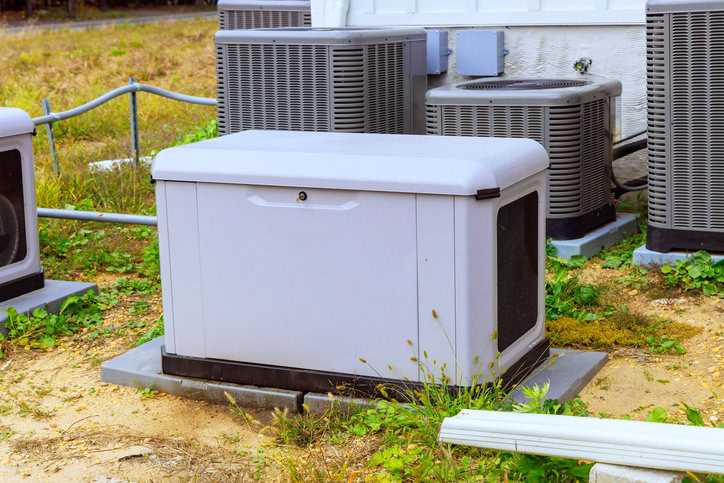People who live in areas with frequent power outages appreciate the benefits of generators. Generators provide power that can maintain refrigeration and temperature control, which are key factors for residential health and safety. Although generators are practical tools, use of them brings a few risks. Consumers who do not understand these risks are more likely to injure themselves due to improper use. Labeling and ratings for generators improve safety, increase manufacturer transparency, allow consumers to compare products effectively, and improve the troubleshooting process.
Risks in Home Generator Usage
Home generators are a fundamental part of maintaining access to power during power outages. Unfortunately, the use of generators, portable models in particular, poses a high risk to people in the vicinity of the equipment in operation. Carbon monoxide, a byproduct of gas-powered generators, is a poison that can be fatal. The toxin is colorless, odorless, and impossible to identify without detection equipment.
In 2022, the U.S. Consumer Product Safety Commission reported that about 85 people die each year due to carbon monoxide poisoning from gasoline-powered portable generators, the vast majority in residential applications. The CPSC noted that the CO coming from a portable generator exceeds that of hundreds of running vehicles, which can dramatically increase the onset of effects from CO poisoning.
CO poisoning coming from generators often happens because of improper use. Users should place the generator at least 20 feet from the building, away from open windows and doors. People who do not understand the guidelines or the risk may operate the generator indoors or place it too close to the home.
Benefits of Home Generator Labeling and Ratings
When consumers select a generator for their needs, they rely on labeling to understand the risks, benefits, and limits of each generator system. Labels and ratings provide benefits for purchasing, safety, and practical use.
Improve Safety
The numbers of people injured and dying from CO poisoning from generators has increased more than 10 percent in the past several years, creating an impetus for change. Manufacturers of generators have been required to publish labels and images discussing safe practices for generators since 2007, per rules set by the CPSC. Labeling guidelines can help consumers understand how to safely use the generators.
Compare Products Effectively
Generators have different ratings, depending on the product. When consumers shop for a generator, they compare ratings and other data to help them decide which product is the best for their needs. Standardized ratings simplify the process, allowing consumers to quickly identify the various features of each model and compare it to other options. The ability to effectively compare products, especially regarding data such as CO output, can increase the likelihood that consumers will choose a generator with safer operation.
Improve Troubleshooting
Generators fail at times, which calls for an efficient troubleshooting system. When consumers notice a problem with their generators, they may spend excessive time searching for a manual and locating relevant data on the generator for professional support. Tags simplify the process for consumers, especially if they have a possible emergency they need to address. They can quickly find the relevant information and read it without having to locate a manual.
Contributing Author: Joel Scott Bennett, Director of Marketing, Canter Power Systems
Joel Scott Bennett is Director of Marketing at Canter Power Systems, a leading residential generator installer. Bennett is trained as an industrial designer, empathetic and personable, he leads the creation of business opportunities through the fast-changing energy sector.
